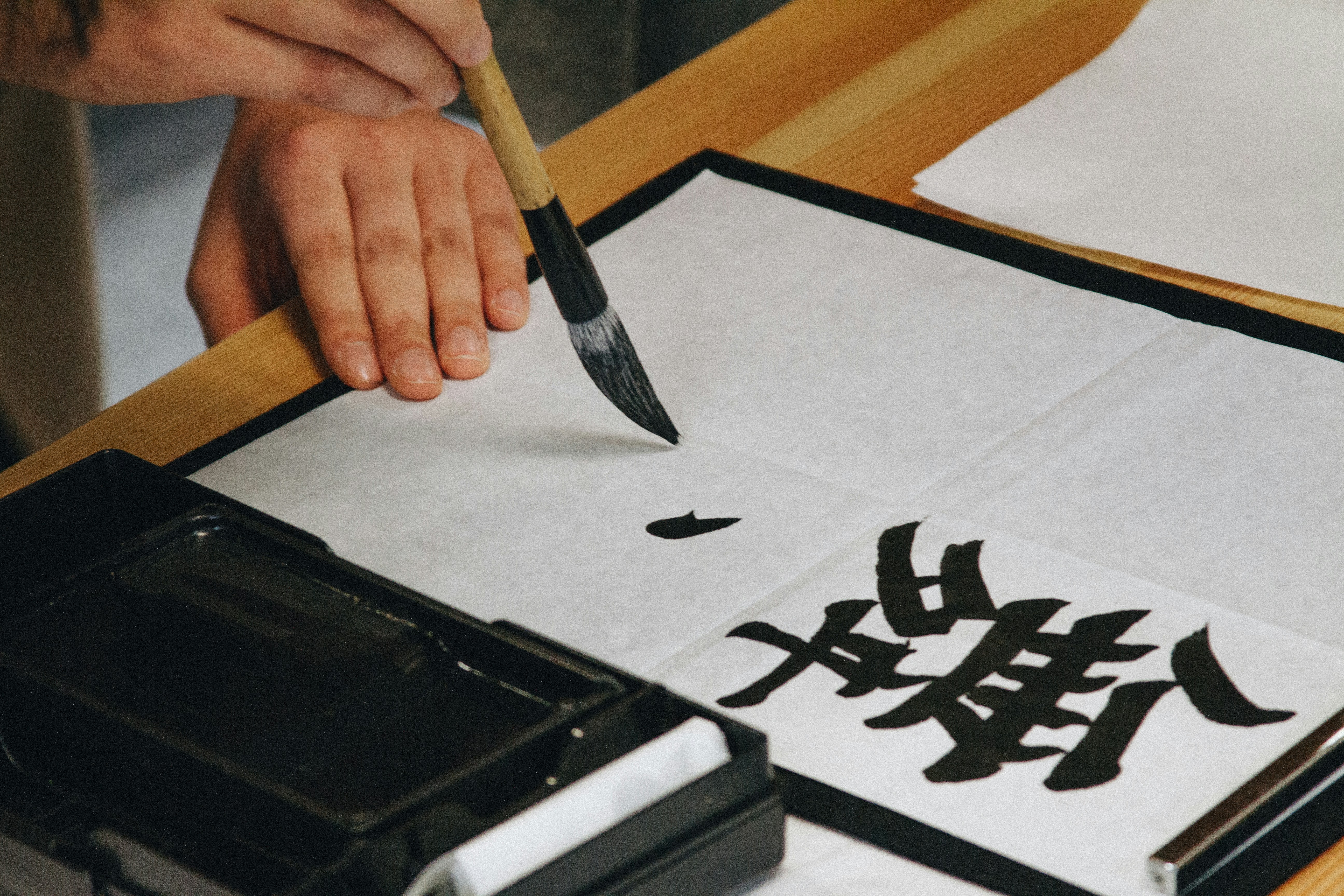Kanji Chronicles: A Deep Dive into the Enchanting World of Characters 🎎
Konnichiwa, fellow language enthusiasts! Our quest today takes us on a mesmerizing exploration of Kanji, those captivating characters that breathe life into the Japanese language. Prepare to embark on a thrilling journey filled with numbers, days of the week, verbs, and the very essence of nature itself.
Unveiling the Magic of Numbers 🎲
Numbers 1️⃣ 2️⃣ 3️⃣ 4️⃣ 5️⃣ 6️⃣ 7️⃣ 8️⃣ 9️⃣ 🔟 1️⃣0️⃣
Let’s start with the numerical enchantment of Kanji. Dive into the vibrant world of counting with our magical characters.
| 一 | 二 | 三 | 四 | 五 | 六 | 七 | 八 | 九 | 十 |
|---|---|---|---|---|---|---|---|---|---|
| Ichi (1) | Ni (2) | San (3) | Shi/Yon (4) | Go (5) | Roku (6) | Shichi/Nana (7) | Hachi (8) | Kyū/Ku (9) | Jū (10) |
Mnemonics Marvel: Imagine you have “ichi” (one) magical wish, “ni” (two) balloons in hand, “san” (three) wise friends, “shi” (four) seasons of beauty, “go” (five) fingers waving, “roku” (six) sides of a die, “shichi” (seven) wonders to explore, “hachi” (eight) legs of an octopus, “kyū” (nine) lives like a cat, and “jū” (ten) toes tapping.
Days of the Week 📅
Now, let’s sway to the rhythmic beat of the days of the week, where each day tells a unique story through Kanji characters.
| 日 | 月 | 火 | 水 | 木 | 金 | 土 |
|---|---|---|---|---|---|---|
| Nichi (Sun) | Getsu (Mon) | Ka (Tue) | Sui (Wed) | Moku (Thu) | Kin (Fri) | Do (Sat) |
Storytelling Symphony: Envision the “getsu” (moon) illuminating Monday, “ka” (fire) fueling Tuesday’s energy, “sui” (water) flowing gracefully through Wednesday, “moku” (tree) branching out on Thursday, “kin” (metal) shining bright on Friday, “do” (earth) grounding Saturday’s adventures, and the “nichi” (sun) rising on Sunday.
World of Verbs 🎭
Join us on a linguistic stage where Kanji characters dance and depict common actions, turning mundane verbs into captivating tales.
| 行 | 食 | 読 | 見 | 聞 |
|---|---|---|---|---|
| Iku (Go) | Taberu (Eat) | Yomu (Read) | Miru (See) | Kiku (Hear) |
Dramatic Narratives: Picture yourself “iku” (going) on a grand adventure, “taberu” (eating) exquisite delicacies, “yomu” (reading) captivating novels, “miru” (seeing) breathtaking landscapes, and “kiku” (hearing) melodic tunes.
Elements: The Symphony of Nature 🌳
Feel the poetic beauty within the strokes as we explore Kanji characters representing the elements that bind us to the natural world.
| 火 | 水 | 木 | 金 | 土 |
|---|---|---|---|---|
| Hi (Fire) | Mizu (Water) | Ki (Tree) | Kin (Metal) | Tsuchi (Earth) |
Nature’s Haiku: Visualize the “hi” (fire) dancing, “mizu” (water) flowing, “ki” (tree) standing tall, “kin” (metal) sparkling, and “tsuchi” (earth) grounding.
Decoding the Heart of Kanji 🗝️
Understanding Pronunciation and Meaning
In Kanji, each character often conveys both meaning and pronunciation. For instance, the character 木 (ki) means “tree.” Visualize the branches of a tree within the strokes, and you’ll see the connection.
Combining Characters: A Magical Potluck
Kanji characters often combine to form new words. For example, combining 木 (ki - tree) with 火 (hi - fire) creates 林 (rin - forest). The characters come together, painting a vivid picture of a wooded landscape.
Tips for Mastering the Kanji Kingdom 🌟
- Visual Imagination: Picture vivid scenes related to each Kanji character.
- Story Weaving: Craft stories using Kanji characters to reinforce memory.
- Radical Revelations: Explore common radicals; they unlock the secrets of many characters.
- Verbal Repetition: Pronounce characters regularly to enhance oral memory.
- Group Quests: Share your Kanji discoveries with fellow explorers for added joy.
Kanji Quest Conclusion 🌌
Congratulations, brave linguist! You’ve embarked on a quest through the mesmerizing landscape of Kanji. With numbers, days, verbs, and nature as your allies, you’re well-equipped to conquer this linguistic realm. As you continue your journey, may the strokes and stories of Kanji enchant and inspire you. Ganbatte kudasai (がんばってください) – venture forth and enjoy the magical odyssey into the heart of Kanji! 🀄📚
Note
You can find various notes along with my personal handwritten notes and books below. Also, don’t forget to practise what you have learnt in this article using the game below(mobile users) or at the right side(PC users).
